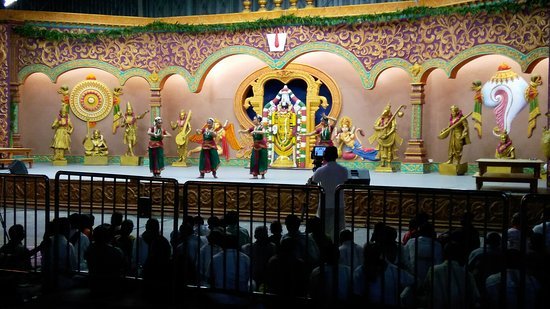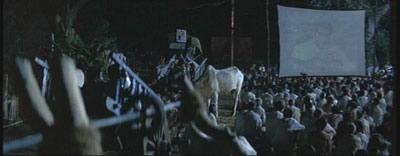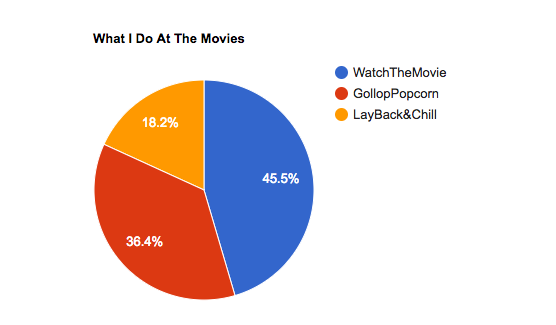When my cousin went to the States back in 1999, she sent me a photo of hers with The Golden Theatre on the Broadway road, in the background. The glowing bulbs illuminating the name of the theatre and with a huge crowd behind her, it almost looked like as if she was at the Red Carpet of some blockbuster movie.
It was then when I first realised how live-theatre of western countries is an entertainment forte in a league of its own. Consequently, it didn’t take me long to realise how its Indian counterpart doesn’t even get half of such popularity.

The Origins
Theatre in India dates to back as early as 2nd century BC and had begun developing right after the Greek and Roman theatre, way before any other nation in Asia.
With its roots lying in the ancient Sanskrit drama, the Indian theatre quickly developed an image and psyche of its own. From royal courts of grand kingdoms to the street-plays (nukkad-natak) of the towns, theatre dissolved itself into the Indian soil and generated a new niche of live entertainment.

The classical dances of each state are also a part of live-theatre. Enacting stories through dance and music certainly classifies them to be one of the types of Indian live-theatre.
The Unpopularity Of Native Theatre

A rather more commonly witnessed example of Indian live-theatre is when a man with 10 heads and his Rakshas-sena comes to fight war with the Lord of Ayodhya in your nearest open-space venue. Yes, I’m talking about Ramlila that takes place during the time of Diwali.
Another more common example of live-theatre are the kathputli dance (puppet-shows) that are immensely popular in the rural areas but are hardly of any interest to the urban crowd.
Isn’t it amazing how we have our very own class of world of live-theatre? But sadly, only very few understand the worth of it. Because in the end, ‘Ghar ki murgi daal barabar’.
Competition From Cinema
Theatre remained as a great source of scripted entertainment only until the time cinema in India hadn’t reached its full potential. Post the end of the British colonial rule, Indian cinema started to gain traction and watching live-theatre quickly became a passé.

The obscuring use of technology to showcase live action of people acting on a white sheet amassed huge attention. The white sheet metamorphosed into a huge screen and the projector was put in a closed chamber with a 70mm film inscribed in it, delivering to us what we call as a cinema hall.
The trend of watching live-theatre endured a huge downfall when it’s competitor – movies entered the Indian entertainment spectrum.
Theatre? Yeah, No Thanks!

The reason behind the decline of theatre in India is multi-fold.
Theatre has a simple strategy and obviously not an extravagant marketing budget. The artist and theatre-makers work hard to showcase their work, but limited funding bounds them from publicising it to an extent of a movie promotion. This implies the information doesn’t reach to the audience.
Even if somehow it makes it way to the ear of someone concerned then laziness comes into play. Just try asking a friend out for a play and his first question would be how far is it? There are only selected locations for theatre venues as compared to the immensely common cinema halls.
People are so accustomed to sitting in a movie hall, sipping drinks and churning in popcorns, they are almost taken aback when they realise that a live-theatre (especially, not urban) will have an open amphitheatre and not any of those luxuries. There won’t be an efficient audio system and seating won’t be cushioned.

But that’s not how it should be. No matter what kind of progress you are seeking in the future, just adapting to the west is not the solution. I mean why do we have to wait for a trend to start generating before we start valuing our authentic art at its own expense?
Promoting your local scene not only gives the artists the joy of spreading their art but also gives you an insight into what goes on in the making of a live-feature. I urge you to go check out your local theatre and see how enactment can be real without having several cuts and takes to make it look perfect. I’m telling you, it would be worth your money.
Image Credits: Google
Would you like to share your opinion and discuss more on the matter? Then add us on Snapchat and we could hit up an interesting conversation. Click the link below to add Economy Decoded on Snapchat.
ED – The Youth Blog on Snapchat
If you liked reading this, you might wanna check out:

































